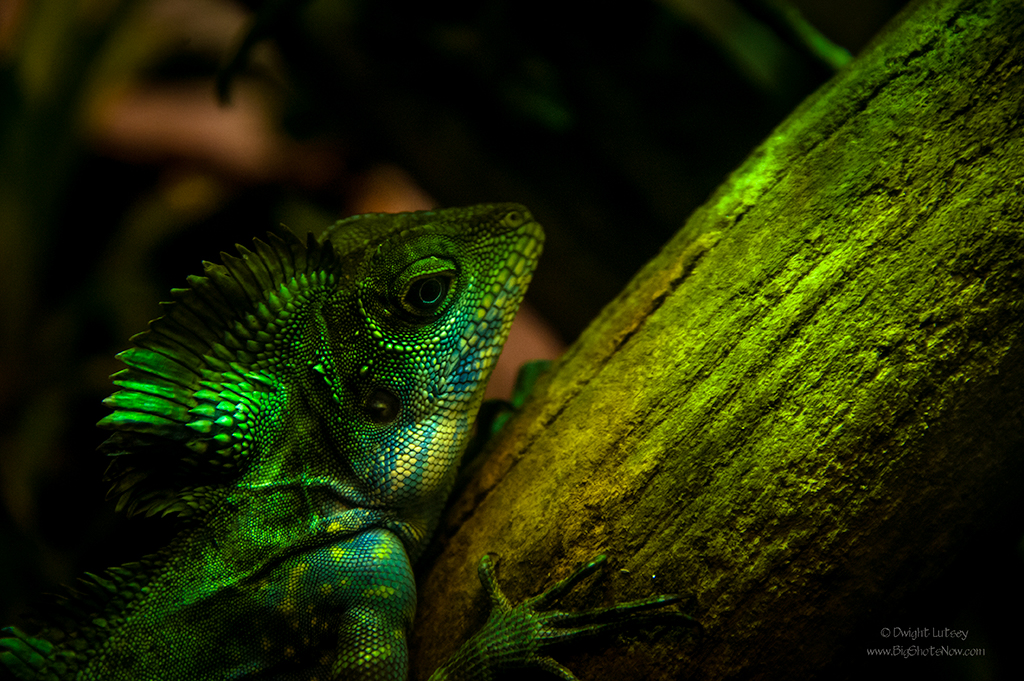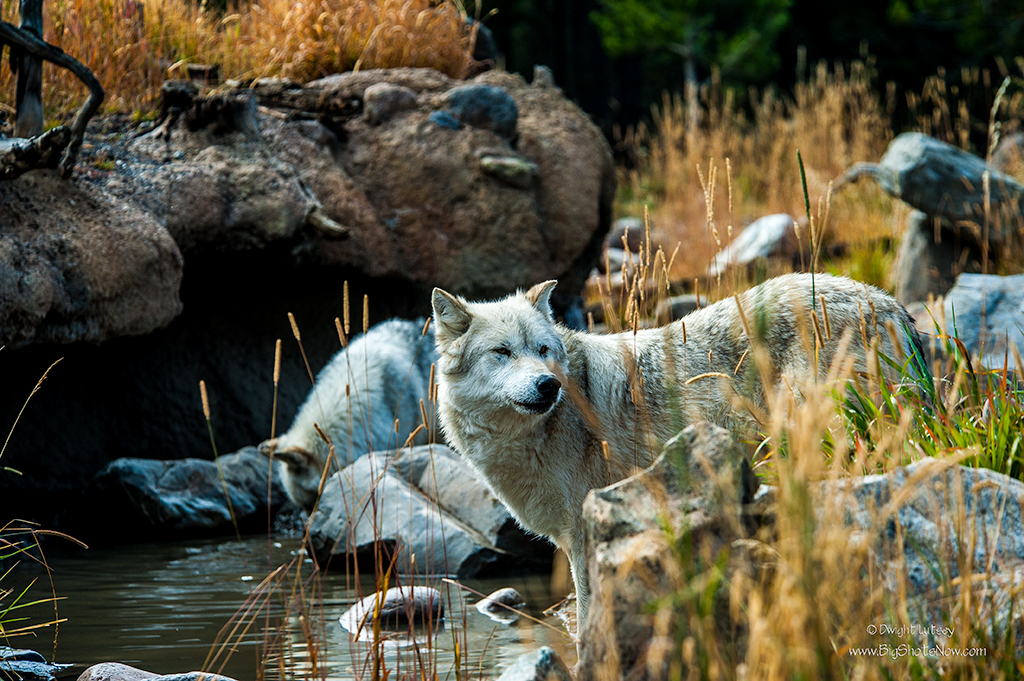Today is a gloomy overcast day full of grayness and cold, a complete change from the tropical weather of yesterday. Snow has fallen overnight which is normally a beautiful sight as it clings to the razor wire around the compound, I mean the campus here at The Institute. But not today, today it has a melancholy feel, not depressing as such, just one that makes you want to sit somewhere cozy with a warm body snuggled up at your feet and look out the window. Perhaps sunk deep in the burgundy leather of your favorite wingback chair, a sense of comfort and safety as if you were young and sitting in the lap of an old black woman, listening to her hum softly, everything new and clear and wondrous, drinking a hot cup of Jasmine tea, letting the steam warm your face as you contemplate your many trials and tribulations, wondering, considering what you might have done different with your life if you had been born a Prince of one of the more exotic islands in the South China Sea.
When this happens it’s easy to get lost in that moment, to find you’ve spent the entire day doing nothing. It’s a seductive time and one that is difficult to break free of if you don’t have something to take your mind off the past. Fortunately we have many diversions here at The Institute, one of which is my all time favorite to visit when I need a change of attitude. And that of course, is the dragon hatchery. Many of you may be unaware of the fact that The Institute has the only certified, licensed and bonded dragon hatchery in the world. It is the world’s best, most productive, dragon hatchery in existence, and the only one operating as a commercial venture.
The hatchery occupies the lower northeastern wing of The Institute so that the light level remains more consistent throughout the day. This is important because recreating the subtle light of the undergrowth provided in many of the tropical areas where we get our breeding stock makes for a healthier dragon population. Dragons become overly excited in the harsh light of mid-day so we try to keep the light levels at a point that keeps them more agreeable. It also cuts down on our intern losses as the dragons temperament is directly related to their fire output. A calm dragon is a safe dragon.
As a commercial facility we provide dragons for the majority of the films being produced today. I’m sure you seen some of our alumni in the Larry Potter stories but one of our most famous graduates was Draco, the dragon in DragonHeart, a 1996 film starring Dennis Quaid, David Thewlis, Peter Postlethwaite and Dina Meyer as Kara, the love interest. Our dragons are given full theatrical training, voice and Dance, both tap and ballroom and trained to do their own stunts. One of Draco’s most outstanding talents was his ability to perfectly mimic Sean Connery ‘s voice. This of course, made him a lock for the part and won him his first Charby award, a prestigious award presented by his peers in the dragon community. He has since gone on to a career in voice-over work providing the voices of many of the most beloved animated characters in many Disney films.
The dragon in the image above is a RistCanyon Alpine Climber, a mini-breed that we have been exclusively developing for the movie trade, theme parks, restaurant openings, and in some cases exotic pets for those that can afford them. What makes this breed special is the fact that it has a heatless flame that can be seen in bright sunlight up to a distance of 25 feet. This is an incredible sight to behold what with the roaring and its fierce stance, and the fact that it will scare the hell out of the neighborhood Dobermans doesn’t hurt either. It’s a manageable size, growing to a length of 15’ or less, it is more docile than some of our other breeds and it is good with children, quieter ones that is, we’re working on that, but in any event this is a spectacular dragon and we’re proud to call it our own.
This is always a soothing contemplative place to come, the dragon hatchery. To stand quietly and listen to the rustling of the dragons moving through the foliage, to hear them test their wings and feel the strength of the wind they produce with those mighty downstrokes, watching the quickening in their eye as they hear the subtle bleating of the sheep as the interns prepare to toss them into the enclosure. I never tire of that sight. I’m glad I came down here today. I was on the edge of feeling peckish, but now I think it will be a good day. I hope yours is too.
A quick note. If you are interested in purchasing or renting one of our dragons please be advised that our waiting list is 4 years out and we will soon be forced to stop taking names. I would advise calling our Dragon Marketing director, Crispy Bellows, as soon as possible to get on the list. Crispy is intimately familiar with all of our dragons many moods and peccadillos and is the person to talk to if you are unfamiliar with handling dragons. You can obtain pricing, insurance rates, and other pertinent information from Crispy at any time.



You must be logged in to post a comment.